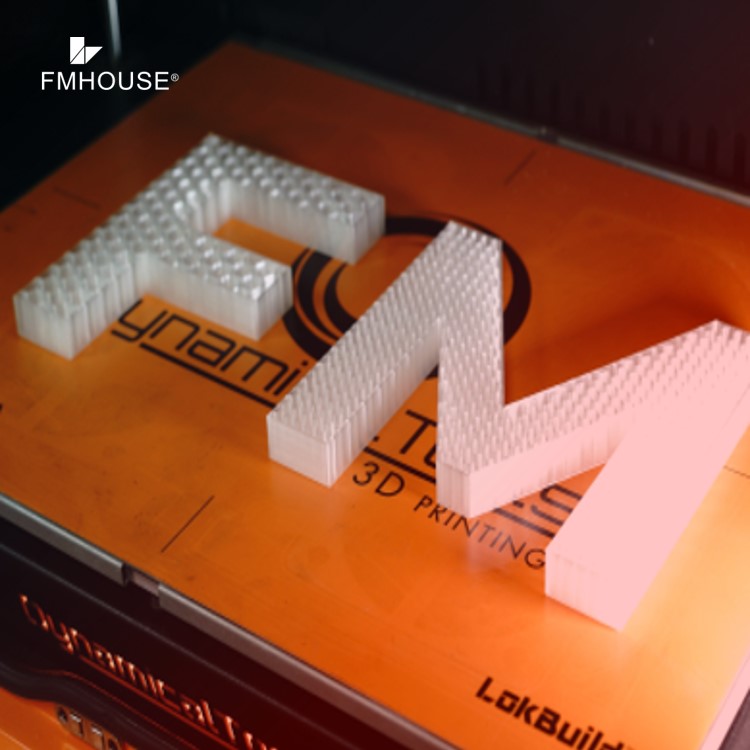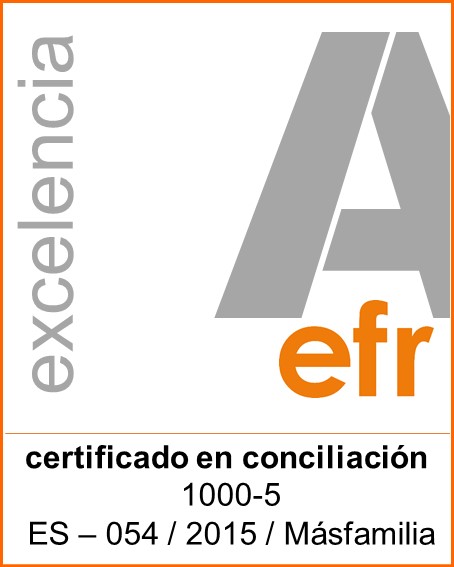“Merry_Christmas” was the first SMS text message sent on December 3rd, 1992. No one except telecom companies’ visionaries who raced to integrate this service thought that this type of communication would last. I am sure that today nobody is in any doubt that it was the right thing to do. And in case you think SMS is already in disuse with the advent of other platforms, in 2020, every SECOND more than 275,000 messages were sent, a 33% increase over 2019.
I am not quite sure if something similar is happening with industrial 3D printing in the field of Facility Management. It seems that a technology that can change operational aspects of many properties is being underestimated. The data comes from the first results obtained from the international project FMgoesDIGI, where the degree of maturity of FM digitalization is measured at an international level. The study analyses more than 40 aspects, whose impact on and future regarding the discipline are being assessed. Only some are in the phase one questionnaire of the study: they must prove that they are real technologies, that they can be purchased, that they have been implemented with proven success in a certain number of companies and that the direct value for FM is evident. With these premises only 25 technologies have been included.
(Follow this link if you want to take the survey- it takes less than 4 minutes).
Well, the funny thing is that of the 3,500 answers collected so far, from 9 types of profiles and 100 countries, the majority agree on one thing: that they know what 3D printing is, but they don’t see what it has to do with FM. It is the technology that has the most responses in this line and for all groups. Perhaps it is because traditionally, 3D printing has been more closely associated with the domestic environment, with the “maker” or “early adopter” world of new trends, or because its real capabilities are unknown. In any event, the objective of this post is to broaden horizons, using data to illustrate the fact that we think technology is going to significantly impact FM.
We will quote some examples, without naming brands, which led to the inclusion of 3D printing in the 25 selected technologies. We found several hospitals, where the service department designed dozens of pieces and recovered the expense of a machine in one year. We are talking about investments of around 30,000 euros. One case that was shared is that they managed to make an obsolete part that they could not obtain from any supplier.
Another one that was presented is that of a multinational, the undisputed sector leader, which is incorporating industrial 3D printers in all its plants and printing critical spare parts for machines whose safety stock entails a cost, space and reliance on international suppliers which they cannot currently afford, due to the logistical problems stemming from the pandemic. Other companies in the same sector are forcing their suppliers to have industrial 3D printers to supply them with temporary spare parts for key machines, until they can send them the original spare parts.
Although these are clear examples, we are not experts in the field, which is why we have asked one of the leading companies in the sector to dedicate a day to explaining the scope of this technology in more detail.
With SMS messages we have seen a multitude of uses and applications for commercials, warnings, emergencies, reminders, etc. I hope the same thing happens with this technology. We have already witnessed during the pandemic how they have “printed” ventilators, valves, screen holders, customised masks, door opener arms, contactless keys, as well as many other objects. Imagination and necessity are the limit.









